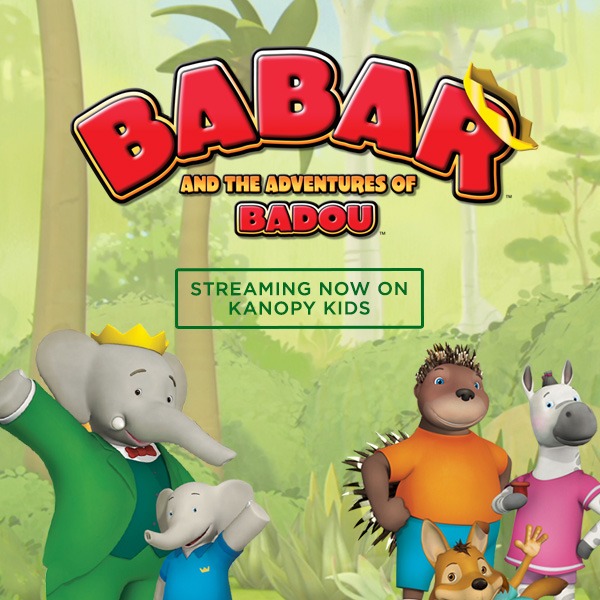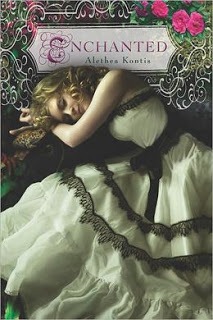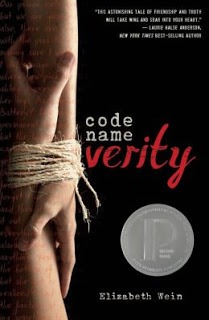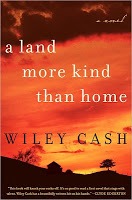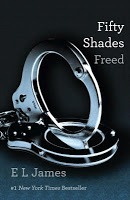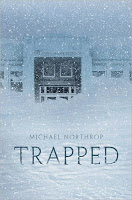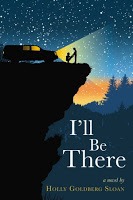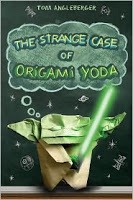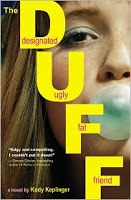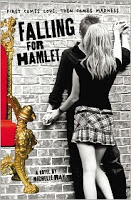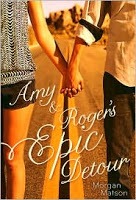So, lately I’ve been on a New Adult reading kick. A patron request for college-age romances prompted me to create a new board on our Pinterest site all about New Adult fiction (and a handful of memoirs), and then I decided to see what all the fuss was about for myself. I had already read Jamie McGuire’s Beautiful Disaster and Walking Disaster and Tammara Webber’s Easy, all key titles in the newly popular category and all books that I enjoyed. But there were lots of other notable New Adult authors that I hadn’t read, and I felt it would be a good idea to expand my knowledge a bit. Hence the recent reading spree. Jessica Sorensen’s Coincidence series is just one of my new finds, but be assured I have more to share about New Adult fiction in another upcoming post.
Tracy’s Rating: 3/5 Stars
Genre: New Adult/Realistic Fiction/Contemporary Romance
Audience: New Adults (older YAs/twentysomethings)
Series: Coincidence #1
First Lines: “Life is full of luck, like getting dealt a good hand or simply being in the right place at the right time. Some people get luck handed to them, a second chance, a save. It can happen heroically, or by a simple coincidence, but there are those who don’t get luck on a shiny platter, who end up at the wrong place at the wrong time, who don’t get saved.”

Genre: New Adult/Realistic Fiction/Contemporary Romance
Audience: New Adults (older YAs/twentysomethings)
Series: Coincidence #1
First Lines: “I want to breathe.”
Tracy’s Thoughts:
First off, these books are in desperate need of the services of a good copyeditor. Initially, I thought the punctuation errors and unfortunate uses of “one’s” in place of what should be a simple plural construction “ones” would drive me to tear my hair out. And that’s only the tip of the iceberg, as the saying goes. But despite the flaws, Jessica Sorensen’s saga of Callie and Kayden is compulsively readable.
Callie is a loner with a dark secret and a fear of being touched by others. When she was younger, she suddenly chopped off all her hair and started wearing baggy clothes. At least her family found the transformation sudden and inexplicable, and now, years later, they continue to be puzzled by her “difficult” behavior and social isolation. To outsiders, Kayden is the all-American boy, a football jock with decent grades, a tendency to party, and a hot cheerleader girlfriend. But, like Callie, he has secrets.
When Callie accidentally witnesses Kayden at his lowest and steps out of her self-imposed isolation to save him, Kayden realizes there is more to the high-school “freak” than he imagined. And Callie sees that Kayden apparently has his own demons, though at that point she has only the barest hint of the full truth. In the moment that Callie saves Kayden and in those that follow immediately after, they forge a a strange connection, though neither chooses to pursue it. But when they meet again on their new college campus, Kayden is determined to discover more about the girl who saved him and—perhaps—changed him forever. For her part, Callie remains skittish, although a recent friendship has given her the courage to take chances (for Callie, even small things like wearing the color red and growing out her hair are a hurdle) that would have seemed impossible before.
There is little mystery for the reader about Callie’s and Kayden’s secrets, but it was fascinating to see how these two damaged characters were able to build the trust necessary to confide in one another. That isn’t to say that everything is neatly wrapped up and tied with a pretty bow. Love doesn’t suddenly make all of Callie and Kayden’s problems go away; it simply makes them more confident and thus more able to cope with their respective troubles. But even then, there are setbacks. In fact, the cliffhanger ending of the first book may mangle the expectations of more than one happily-ever-after romantic.
This is an angsty, emotional read that may veer too close to melodrama for some readers, but for those who like love stories with LOTS of baggage (even Callie and Kayden’s friends have some serious baggage of their own, though it remains in the background through both of these novels), this series may be perfect. That is, if the reader can overlook the comma splices, typos, and grammatical errors on every other page or so. I’m a bit of a grammar stickler, but the emotional intensity and occasionally striking imagery went a long way toward calming my irritation. For example, something about the description of one character’s fight-bruised face as a “lumpy blueberry” struck me as absolutely perfect.
So if you are a fan of college-age stories like A Beautiful Disaster and don’t mind iffy proofreading and heavy doses of angst, then I suggest you give Callie and Kayden’s story a try. A third book focusing on the duo, The Resolution of Callie & Kayden, is expected to be released on September 30th.



